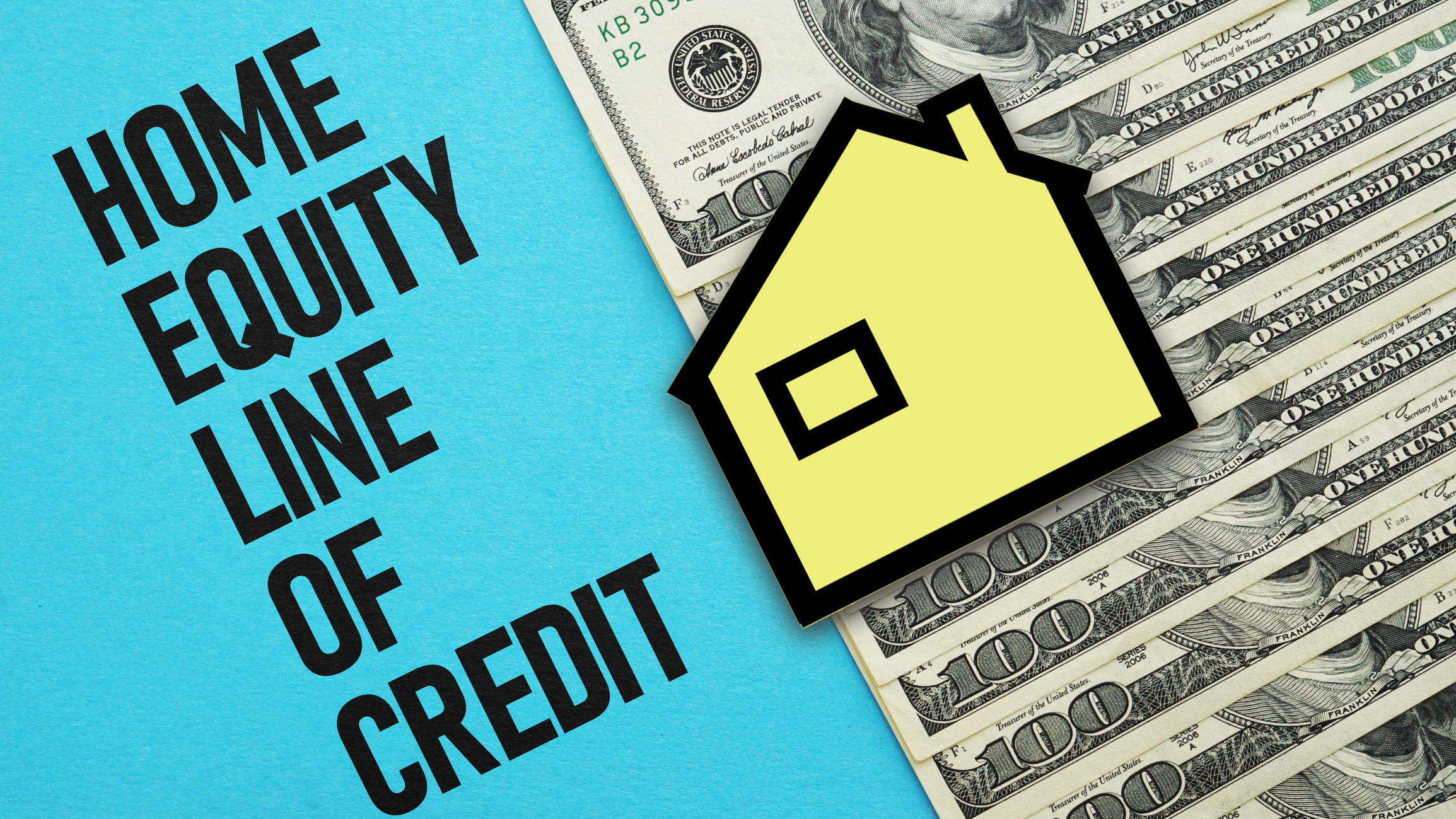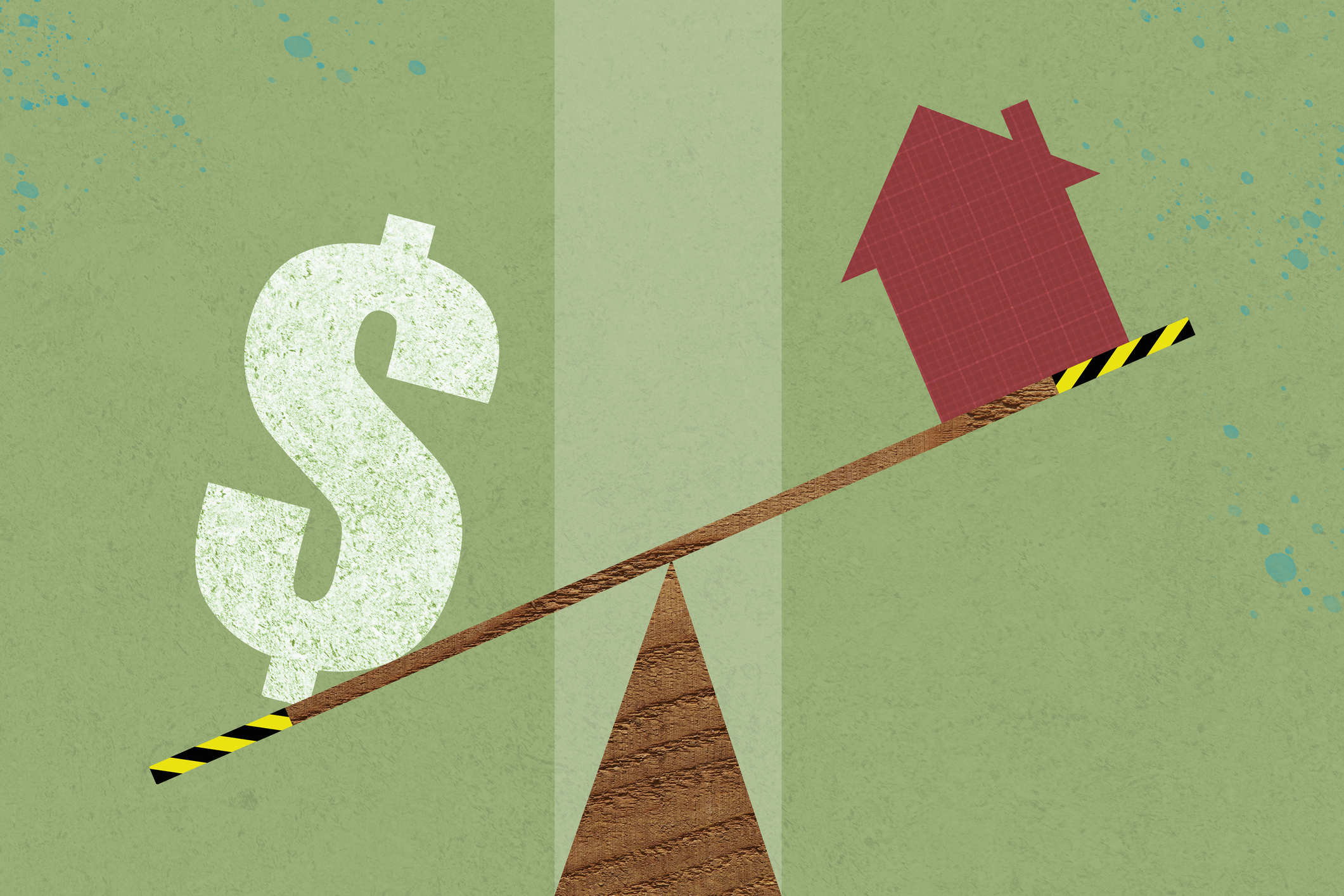Boost for Homebuyers From Unchanged Interest Rates
A steady Fed rate means mortgage rates might stabilize in a tight housing market.


The Fed has given some hope to homebuyers by declining to raise the federal funds rate, a key overnight bank lending rate, at its June meeting. Although the Fed rate and mortgage rates move independently, the same market factors drive the rate increases and cuts.
Inflation, job growth and the overall economic outlook impact lenders and how they set rates. A steady Fed rate should translate to fewer increases in mortgage rates. However, availability and affordability may still be obstacles when shopping for a home. In its official statement, the Federal Open Market Committee (FOMC) said, "The Committee does not expect it will be appropriate to reduce the target range until it has gained greater confidence that inflation is moving sustainably toward 2 percent," and that "the Committee remains highly attentive to inflation risks." Although the statement did also say that: "The Committee judges that the risks to achieving its employment and inflation goals have moved toward better balance over the past year."
Factors squeezing buyers
Mortgage application volume increased 15.6% from one week earlier for the week ending June 7, 2024, according to the Mortgage Bankers Association. However, homebuyers continue to be challenged by low inventory levels and higher mortgage interest rates.
From just $107.88 $24.99 for Kiplinger Personal Finance
Become a smarter, better informed investor. Subscribe from just $107.88 $24.99, plus get up to 4 Special Issues

Sign up for Kiplinger’s Free Newsletters
Profit and prosper with the best of expert advice on investing, taxes, retirement, personal finance and more - straight to your e-mail.
Profit and prosper with the best of expert advice - straight to your e-mail.
Housing starts in April 2024 were 3% below the revised March rate and 2% below the April 2023 rate. With many existing homeowners locking in low mortgage rates, inventory will remain challenging as fewer people list homes. A strong job market has led to fewer forced sales that usually accompany unemployment. These are factors you should watch during peak moving season.
Peak moving season runs from April through September, accounting for almost 80% of all moves. Better weather and trying to get kids settled before the new school year begins have made June, July and August the most popular months to resettle. Moving “offseason” may be the way to go if the competition is keeping you out of your desired neighborhood or school district.
Use our tool, in partnership with Bankrate, to compare mortgage rates from several lenders.
Inflation is receding and rates have come down slightly
Slowing inflation and a small increase in mortgage rates is a good news, bad news situation. The average interest rate for 30-year fixed-rate mortgages decreased by .04 basis points to 6.99%, compared to 7.03% the week of May 30.
Buying a home can be both terrifying and exhilarating. It’s probably the biggest purchase you will make in your lifetime. Market factors will largely determine what house you can buy, but not what kind of home you create.
Related Content
Profit and prosper with the best of Kiplinger's advice on investing, taxes, retirement, personal finance and much more. Delivered daily. Enter your email in the box and click Sign Me Up.

Donna joined Kiplinger as a personal finance writer in 2023. She spent more than a decade as the contributing editor of J.K.Lasser's Your Income Tax Guide and edited state specific legal treatises at ALM Media. She has shared her expertise as a guest on Bloomberg, CNN, Fox, NPR, CNBC and many other media outlets around the nation. She is a graduate of Brooklyn Law School and the University at Buffalo.
-
 3 Major Changes to the Charitable Deduction in 2026
3 Major Changes to the Charitable Deduction in 2026Tax Breaks About 144 million Americans may qualify for the 2026 universal charity deduction, while high earners face new IRS limits. Here's what to know.
-
 Where to Stash Cash as Yields Fall, According to Advisers
Where to Stash Cash as Yields Fall, According to AdvisersYour best options depend on how soon you'll need the money and your tolerance for risk.
-
 Control vs Protection Quiz: Which Trust Do You Need?
Control vs Protection Quiz: Which Trust Do You Need?Quiz Take this simple quiz to discover whether a revocable or irrevocable trust should be the cornerstone of your estate plan.
-
 How Much Income You Really Need to Afford a $500,000 Home
How Much Income You Really Need to Afford a $500,000 HomeAs home prices increase, the income needed for a house is also climbing. We break down what you need to earn to afford a $500,000 home.
-
 How Much Would a $50,000 HELOC Cost Per Month?
How Much Would a $50,000 HELOC Cost Per Month?Thinking about tapping your home’s equity? Here’s what a $50,000 HELOC might cost you each month based on current rates.
-
 Should You Tap Your Home Equity Before 2026?
Should You Tap Your Home Equity Before 2026?As borrowing rates and tax law shifts converge, here's what homeowners need to know before pulling equity out of their home.
-
 What to Know About Portable Mortgages
What to Know About Portable MortgagesA closer look at how portable mortgages would work, who might benefit and why the concept is gaining attention amid high rates and limited supply.
-
 A New Kind of HELOC Lets Homeowners Fund Remodels on Their Terms
A New Kind of HELOC Lets Homeowners Fund Remodels on Their TermsFinance home upgrades gradually, using the equity you already have.
-
 Selling a Haunted House? What You Have to Tell Buyers (and What You Don’t)
Selling a Haunted House? What You Have to Tell Buyers (and What You Don’t)You don’t need ghosts to spook buyers, sometimes a home’s past is enough. Here’s what sellers should know about disclosure laws, pricing and perception when a property has a haunted history.
-
 A Vacation Home Sounds Dreamy, But Is It the Right Move for You?
A Vacation Home Sounds Dreamy, But Is It the Right Move for You?A vacation home can be a relaxing getaway or a financial burden. Learn the pros and cons of owning a second home and how to decide if it fits your goals.
-
 Planning a Major Home Renovation? 3 Smart Ways to Finance It
Planning a Major Home Renovation? 3 Smart Ways to Finance ItFrom HELOCs to personal loans, here’s how to pay for a major home renovation without draining your savings.